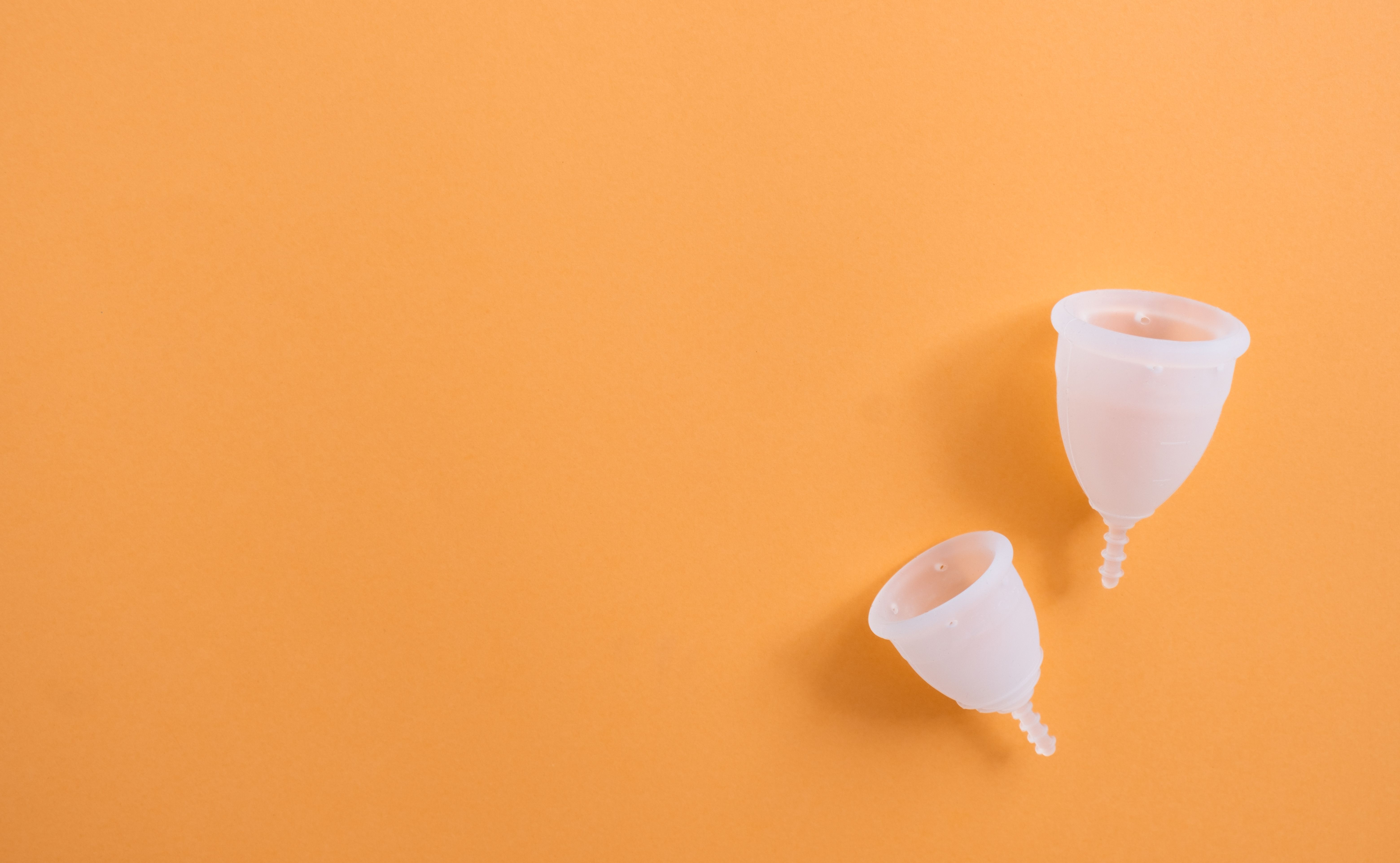Use of Menstrual Cups May Lower Risk of Herpes Simplex Virus Type 2 Infection, Study Finds
The protective effect of the menstrual cup against HSV-2 infection might be associated with the preservation of vaginal bacterial microbiome, said the study authors.
Adolescent girls in low- and middle-income countries have an increased risk of sexual and reproductive health harms, including HIV and herpes simplex virus type 2 (HSV-2) infections and early pregnancy. Researchers from the Liverpool School of Tropical Medicine (LSTM) in the United Kingdom conducted the cluster-randomized Cups or Cash for Girls trial to evaluate the impact of menstrual cups, conditional cash transfers, or both on sexual and reproductive health and educational outcomes in adolescent girls in western Kenya.
© Tijani stock.adobe.com

The study, led by Garza Zulaika, Ph.D., M.P.H, epidemiology technical officer at LSTM, is the first to assess the effect of menstrual cup use on the incidence of HSV-2 in adolescent girls. HSV-2 is the virus that causes genital herpes and may increase the risk of HIV infection. The study results were published in eClinical Medicine (part of The Lancet) earlier this month.
A total of 4,137 girls between the ages of 16 and 18 years from 96 secondary schools in Siaya County, western Kenya, were randomized to four study arms. One group received one Mooncup® menstrual cup and soap for handwashing, a second group received 1,500 KES (the equivalent of about $15 in 2016) per school trimester with the condition of having attended at least 80% of school days during the previous trimester, the third group received both a menstrual cup and the conditional cash, and participants in the fourth (control) group continued with their usual practice of menstrual care and received soap for handwashing during the trial and one menstrual cup at trial completion.
The study was conducted between February 28, 2017, and June 30, 2021. The participants were followed annually until they completed secondary school, a median of 2.5 years.
The study’s primary outcome was a composite of sexual and reproductive health and educational harms based on the incidence of HIV, HSV-2, and overall school dropout rate. The primary safety endpoints included the incidence of toxic shock syndrome among the group using menstrual cups and violence associated with cash use in the conditional cash groups.
There were no cases of toxic shock syndrome in any of the study groups. Nine reported adverse events were related to study interventions. These included cup retention, vaginal discomfort, and domestic violence. None required hospitalization.
No intervention reduced the rate of school dropout, adolescent pregnancy, or incidence of HIV compared with the control group. However, the study results showed a marginally statistically significant but clinically meaningful 29% reduction in HSV-2 incidence in the group of participants using menstrual cups versus those in the control group.
The researchers speculate that the protective effect of the menstrual cup on HSV-2 infection could be associated with the preservation of vaginal bacterial microbiome balance observed with menstrual cup use in a previous study.
The authors wrote in their conclusion, “Our findings indicate that a menstrual product intervention, beyond improving girls’ dignity and comfort in managing their menses, may have beneficial effects on adolescent girls’ reproductive health and is worthy of consideration by policymakers as an intervention to support girls’ health and development.”
Fertility Treatments Found to Be Equally Effective in Females with PCOS as in Those Without
December 18th 2023In a study recently published in the journal Fertility and Sterility, researchers from the University of Queensland in Brisbane, Australia, evaluated the fertility treatment pathways used by participants with and without PCOS to determine which pathways resulted in more live births.
Read More
Air Pollution May Negatively Affect Male Reproductive Health
November 30th 2023A potential mechanism by which air pollutants may affect reproductive health is by endocrine disruption. Air pollutants are made up of mixtures of particulate matter that may include endocrine disruptors, such as polycyclic aromatic hydrocarbons (PAHs) and heavy metals.
Read More